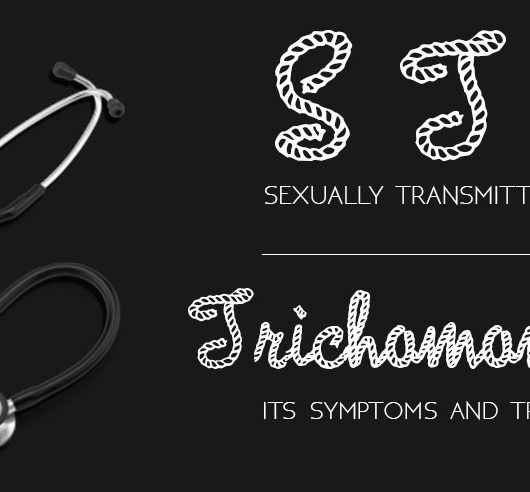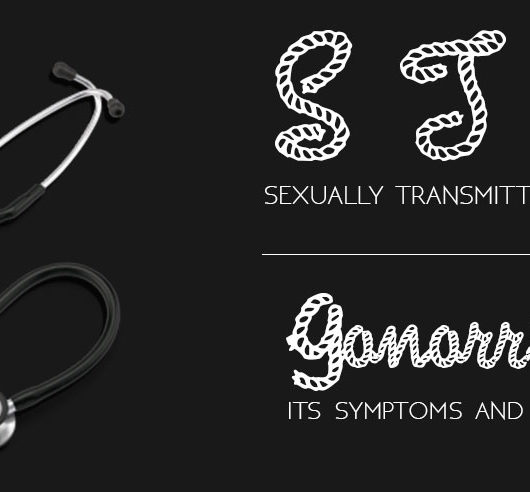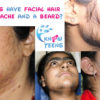Explain in detail about Syphilis, its symptoms and treatment
Syphilis is one of the most common STDs identified in India. According to the report from Apollo hospitals, on a yearly basis, an average of one million cases is reported in India that accounts to about 40% of the total STDs. It is caused by the bacterial infection caused by bacterium called Treponema pallidum looking like a thin coiled object. It can be cured using necessary medications, if detected in the early stage. However, if undiagnosed and not treated, it can lead to serious health illness such as brain damage, paralysis, and blindness.

The disease is believed to show its symptom in three stages. In the initial stage, i.e., from 3 to 90 days of acquiring the infection, sores can be observed in the genital areas. These sores are usually painless. As the disease progresses to second stage, the sores might infect the vagina, anus, penis or scrotum. Sometimes, the pores can also extend to the lips and mouth as body rashes. In the third stage, i.e., between 3 to 5 years of acquiring the infection, the internal organs start getting infected leading to serious health complications.
Due to the painlessness in the sores of people affected with Syphilis, most of them do not recognize that they are infected. Hence, there is a possibility of spreading it to another person through vaginal, oral & anal sex; sometimes, through prolonged kissing or close body contact. Whenever a person touches the Syphilis sores through vagina, penis, anus, mouth or hands, the infection gets spread. Safe sex methods such as condoms or dental dams can help from preventing Syphilis. It is also transferred to the baby of the pregnant woman, who is infected by it. However, Syphilis does not spread through casual contact with the affected person such as touching, hugging, coughing, sneezing, sharing food or clothing and using toilets.
Due to increased technological and medical advancements, the rate of death due to Syphilis has been bought down to a great extent. In spite of the increase in the rate of Syphilis infection, the global rate of death have declined from 202,000 (1990) to 107,000 (2015). Especially, the transfer of infection from the pregnant mother to the child in the womb has been completely eliminated, if detected in an early stage.









